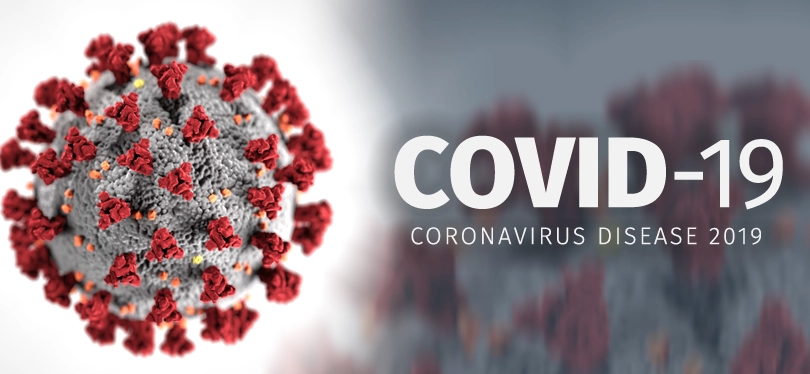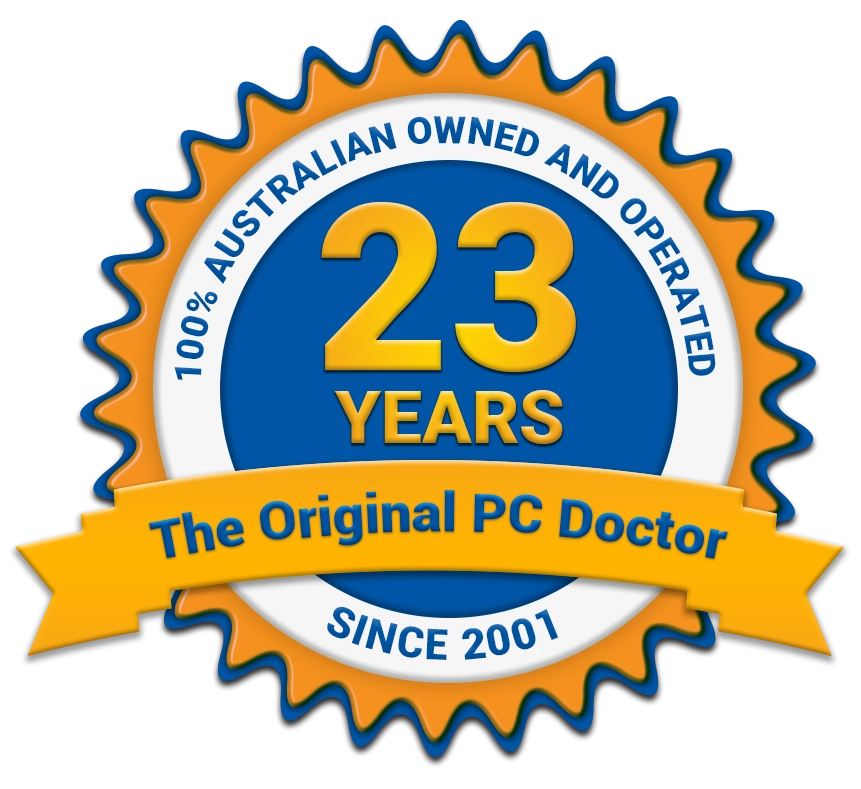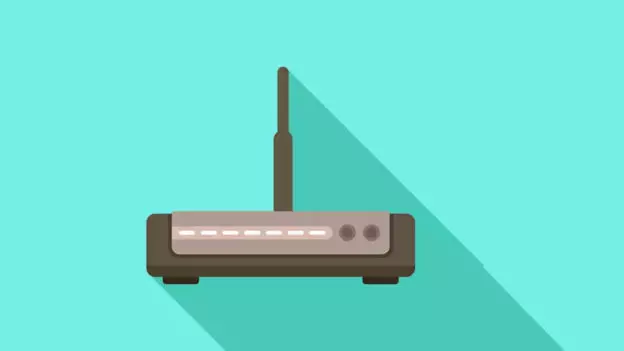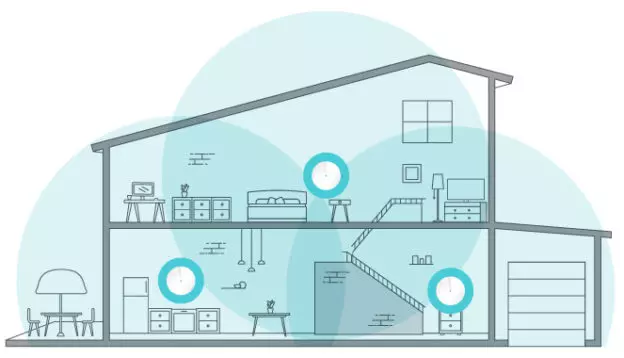Common Symptoms of Coronavirus COVID-19
It was December 1, 2019, when the first case of the new COVID-19 had been reported right in the middle of Wuhan, China. Since then, an enormous number of new cases all around the world have been reported as well, many of which have unfortunately ended in death. In today’s article, we will share everything that you need to know about the new COVID-19 and, most importantly, how you and your close ones can protect yourselves against this dangerous virus.
What is Coronavirus?
It was 1937 when the coronavirus had been first isolated. It was then that scientists discovered the coronavirus infecting different types of animals, including rats, dogs, cats, birds, pigs, and many others. There are many different coronaviruses, and up until recently, only two of them – MERS and SARS, were identified to be able to originate within animals and then transmit to humans.
In late December, there had been a new coronavirus outbreak in China, with it being named the coronavirus disease 2019 or better known as COVID-2019. In the city of Wuhan, it all started as a mysterious virus that was recognized as COVID-19, which was listed as the cause of pneumonia in the citizens of Wuhan, a city that has nearly 11 million people living in it.
Like most of the other coronaviruses, the COVID-19 can survive on different surfaces such as metal, plastic, and glass for up to nine days. Being able to survive on various surfaces for a long time increases its severity and the possibility for this virus to spread and affect more and more people over time.
The symptoms of COVID-19
The first symptoms of the COVID-19 develop 2-4 days after exposure, with the tendency for the symptoms to develop in only a mild form. However, they also tend to variate from person to person and even cause death.
The symptoms look-alike the symptoms caused by the flu or the common cold. The list includes:
- Shortness of breath;
- Dry cough;
- Fatigue;
- Runny nose;
- Body aches and pain;
- Headaches;
- Sore throat;
- High fever.
The difference between COVID-19, the common cold, and influenza
Because a lot of people tend to mistake COVID-19 with the common cold or influenza, it makes it easier for this virus to spread and affect more people, causing more severe symptoms that can potentially end your life as it has in many cases around the world. But there are certainly noticeable differences between the symptoms caused by the COVID-19, the common cold, and influenza.
In the following, we will share a table that contains the symptoms caused by these three different health issues. We hope that will help you to distinguish the difference between these three diseases and so ask for help accordingly in the case that you or a close one experiences any of these symptoms.
| Symptoms | COVID-19 | Common cold | Influenza |
| Symptoms range from mild to more severe | Symptoms develop gradually | Symptoms develop suddenly | |
| Fever | Present | Rarely present | Present |
| Fatigue | Present | Rarely present | Commonly present |
| Cough | Dry cough present | Mild cough rarely present | Dry cough present |
| Sneezing | Not present | Present | Not present |
| Aches | Rarely present | Present | Present |
| Runny nose | Rarely present | Present | Rarely present |
| Sore throat | Present | Present | Rarely present |
| Diarrhea | Rarely present | Not present | Commonly present in children |
| Headaches | Sometimes present | Rarely present | Commonly present |
| Shortness of breath | Present | Not present | Not present |
How is the COVID-19 transmitted?
The COVID-19 transmits from person-to-person via direct contact. The person-to-person transmission is yet another similarity between the common cold and influenza. In the following, you will find all of the different ways in which the COVID-19 can transmit from one person to another.
- Coughing and sneezing without covering the mouth;
- Touching and shaking hands with an infected person;
- Touching objects and surfaces that an infected person has touched before and then touching the nose, mouth, and/or eyes.
Although the COVID-19 can get transmitted from an asymptomatic person, according to the WHO (World Health Organization), this risk is low. However, low or high, it is important to avoid any possibility of getting infected or spreading this virus to the other people around you.
Who has the highest risk of getting affected by the COVID-19?
Unfortunately, certain groups of people have a higher risk of getting affected by the virus as compared to others. According to The National Institutes of Health (NIH), the following groups of people are made as to the risk groups:
- Young children;
- People aged 65 and older;
- Pregnant women;
- People diagnosed with chronic diseases, including respiratory diseases, cardiovascular diseases, HIV/AIDS, cancer, diabetes, etc.
These are the groups of people that need to be properly protected because of the high risk of the COVID-19 harming their health and even causing death. Because of their often low immune system, their bodies are unable to protect them well, which makes them common victims to the COVID-19 that will experience a more severe form of the previously mentioned symptoms that can potentially end their life.
How to prevent the COVID-19
The best way to protect yourself and your loved ones from the COVID-19 is through maintaining good hygiene. First things first – make sure that you are washing your hands thoroughly. There are a few rules that apply to how you should properly wash your hands.
Make sure that you wash your hands often by using soap and water. Wash your hands for at least 20 seconds, especially before and after you use the bathroom, before eating, after blowing the nose, sneezing, coughing, and after you come back home. Avoid touching your face as much as possible, especially your mouth, nose, and eyes.
Whenever you are outside and do not have soap and water, make sure that you use a quality hand sanitizer that contains at least 60 percent alcohol. In case that nor soap and water nor hand sanitizer are available to you, use anti-septic wet tissues to keep your hands clean.
Although you may see a lot of people wearing them, surgical masks do not work, so do not spend your money pointlessly. Instead, avoid crowded places such as cafes, restaurants, cinemas, fitness centers, etc. and public transport. Take your car or choose to walk or ride your bicycle to go to work/school. Limit any unnecessary traveling, especially in the high-risk countries.
If you are living in one of the countries which have been marked as high-risk countries, follow the precautions shared by your government. Avoid contact with other people, stay at home, and report any signs and symptoms that may point out to the presence of COVID-19.
If you tested positive for COVID-19, protect yourself and the people around you by isolating yourself at your home. Cover your mouth and nose whenever you cough and sneeze by using a handkerchief instead of your hand to prevent further transmission. Disinfect your surroundings and follow the instructions provided by your doctor.
Treatment of COVID-19
Currently, there is no specific cure for the COVID-19, nor is there an available vaccine as we will have to wait at least until July or early August until one has been tested and potentially released to the public.
The COVID-19 positive patients are being treated the same as any patient with the common cold or influenza would be. And so, the treatment plan includes lots of rest, plenty of fluids, and if needed – fever and over-the-counter painkillers. Eat lots of fresh fruits and vegetables, take a multivitamin, and pay attention to your environment as the key is to prevent further transmission to the people close to you.
Thirty different vaccines have been developed as of early March 2020. The first vaccine ready for testing has been offered by the Massachusetts-based biotechnology company called Moderna Inc. In late February, they have sent their vaccine for testing to the National Institute of Allergy and Infectious Diseases, and the first results are expected to be delivered in July and early August.
WHO declares COVID-19 a global pandemic
The World Health Organization (WHO) has declared a global pandemic. What has first started as a mysterious disease that has affected over 80,000 people in China has then quickly spread to the whole world, affecting more people each day. Now, the most affected countries out there are China, Iran, Italy, South Korea, Spain, and Germany, which have been marked as high-risk countries.
The first case of death due to COVID-19 was reported to happen in Wuhan, China, on January 9, 2020. Then, outside China, deaths have been reported happening all over Iran, South Korea, Italy, Spain, Germany, etc. As of March 12, 2020, nearly 4,900 deaths have happened due to COVID-19, with most of the deaths happening in China, but also a lot of deaths being recorded in Italy as well. The good news for China is that the spreading of the COVID-19 seems to be declining, as fewer and fewer people test positive for the virus as well as more of the affected recovering properly.
Outside Europe and Asia, Australia, Africa, and the United States have been affected as well. In Australia, there have been 199 people who tested positive for COVID-19, of which three have ended death.
During their stay in Australia, the famous American actor Tom Hanks and his wife, the American singer and actress Rita Wilson, have also tested positive for the new COVID-19. Tom Hanks explained in an Instagram post that while filming an Elvis Presley biopic, he and his wife experienced a few of the common symptoms of COVID-19. They both felt fever, aches, and fatigue and properly asked for help and got tested. They are currently still in Australia, where they are getting treated and recovering at the Gold Coast University Hospital in Southport.
In the United States, a total of 1832 people have tested positive for the COVID-19. Ten deaths have been accounted for as of March 12, 2020. To prevent further spreading, the United States president, Donald Trump, has closed the borders of the country for anyone who is traveling from Europe, Asia, and Africa.
Many schools around the world have been closed, with all events being suspended until further notice. Panic among the people keeps on spreading as well as the spreading of the virus itself. People keep on buying hand sanitizer, face masks, toilet paper, oil, flour, and any other food such as pasta that they could keep in their home for a long time without it going bad.
On the other hand, many companies, including Twitter, Microsoft, GitHub, and Square Inc., among others, have allowed their employees to work from home to limit their exposure to the virus. Others, such as Amazon and Facebook, have imposed employee travel restrictions and canceled conferences.
Conclusion
COVID-19 is the new threatening virus that has taken many lives since it first appeared back in December 2019. The symptoms that the COVID-19 causes are usually mild and are easily mistaken for those caused by the common cold and influenza. This has led many people to underestimate the power of the COVID-19, which has contributed to its spread all over the globe.
References
- https://www.sciencedirect.com/science/article/pii/S0042682214004723
- https://www.marketwatch.com/story/modernas-stock-rises-as-it-ships-the-first-batch-of-its-covid-19-vaccine-candidate-2020-02-25
- https://www.cdc.gov/coronavirus/2019-ncov/about/symptoms.html
- https://www.washingtonpost.com/health/2020/03/11/who-declares-pandemic-coronavirus-disease-covid-19/
- https://www.who.int/docs/default-source/coronaviruse/20200312-sitrep-52-covid-19.pdf?sfvrsn=e2bfc9c0_2
- https://www.instagram.com/p/B9nVasnBNF5/?utm_source=ig_web_copy_link
- https://www.aljazeera.com/ajimpact/airlines-cut-china-flights-firms-halt-travel-virus-fears-200129011109306.html
Written by The Original PC Doctor on 17/03/2020.





















































































